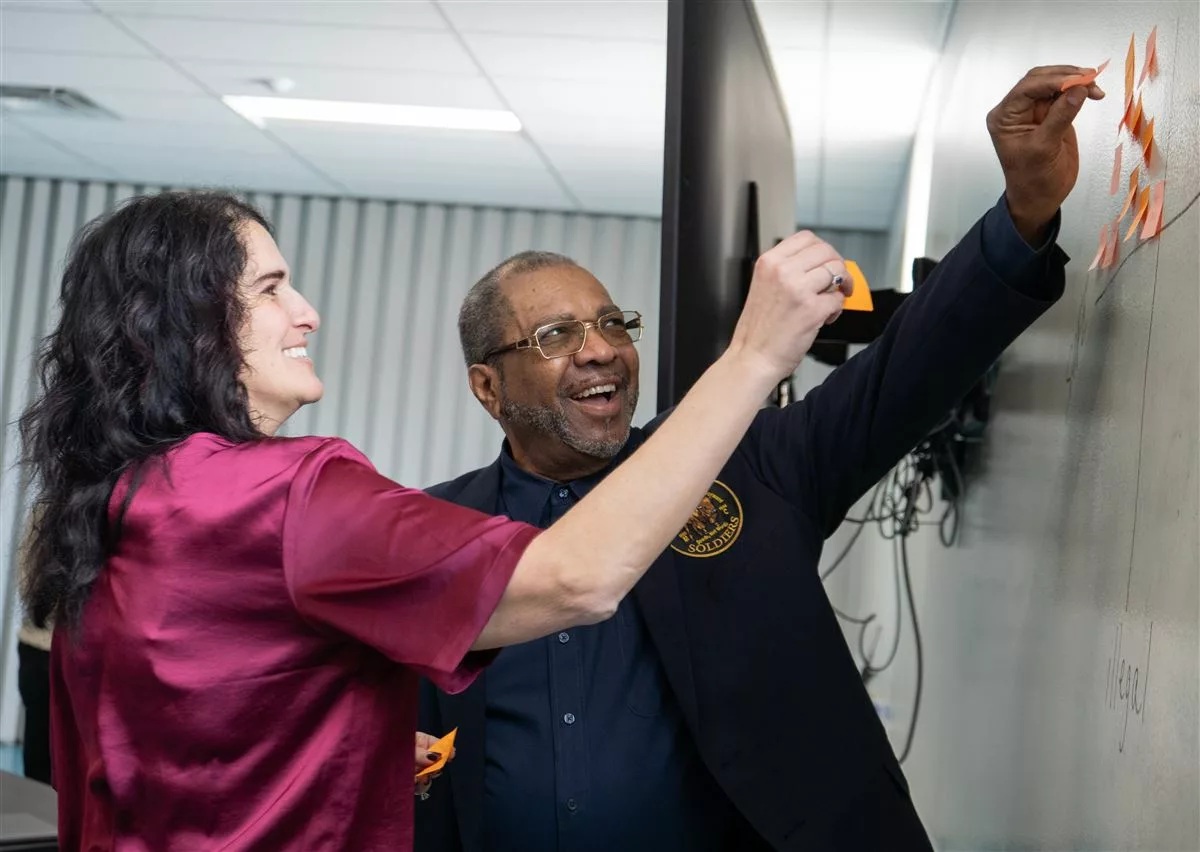Harvard researchers are hoping Toledo’s predisposition diversion program could serve as a blueprint to reduce jail populations across the country, and two years from now they’ll have the data to prove it.
The Harvard Access to Justice Lab will run a two-year, randomized controlled trial evaluating Toledo Municipal Court’s Community Diversion Program, which allows repeat offenders facing drug possession, disorderly conduct, and obstructing official business charges to avoid jail time.
The program lasts just three and a half hours, and results in a dismissal of charges after completion. Bud Hite, director of the Community Correctional Facility, said the participants are grateful for another chance.
“This is the first time I’ve witnessed the criminal justice system have a forgiveness plan,” Mr. Hite said. “I can tell you, those people walk in the door so appreciative, because they never thought in their life they would have got a diversion program.”
The eligible charges are some of the most common and primarily affect minority populations, Toledo Municipal Court Judge Timothy Kuhlman said. In addition, Judge Kuhlman said the people who enter the program are not “bad people” who “we need to protect ourselves from.”
“A lot of the people who are in this program have an anti-authority attitude, and it gets them in legal trouble on low-level, nonviolent offenses time after time after time,” Judge Kuhlman said. “So with this program, we’re teaching them to breathe, to think about consequences, and to think about different ways of handling the situation — which is to cooperate.”
Black people only represent one-fifth of Lucas County’s population but accounted for 58 percent of arrests between 2010 and 2014. They were also underrepresented in diversion programs at that time, making up only 29 percent of participants.
Nearly 3,000 participants have gone through the new diversion program, and Judge Kuhlman said 67 percent of the participants are Black.
Earl Mack, a former law enforcement officer and president of the Toledo Buffalo Soldiers Motorcycle Club, said the program is important because it can prevent further offenses by providing a positive interaction with the justice system.
“They get a chance. You get caught doing something, you get caught in violation of a law, and now there’s an opportunity and a chance to correct that without going to jail,” Mr. Mack said.
The basis of the program is procedural justice, an idea that people are more likely to comply with authorities when they believe the justice system is fair. The participants process their encounters with law enforcement officers through cognitive behavioral therapy, which connects their thoughts and values to their decisions.
Sheronda Ridley has facilitated the program for the past six years and was a correctional officer before her current role. She said participants normally come into the room angry at the their situation but leave empowered to make a change.
“Belief systems can change, and it’s usually based on the negative consequences, that’s what I like to call them. Our negative consequences are usually what brings about that change,” Ms. Ridley said.
Over the next two years, the Harvard Access to Justice Lab will evaluate whether the diversion program prevents repeat offenses, but also whether it affects employment, mental and physical health, and housing security.
At the end of the study, researchers say it will be the first to test predisposition diversion programs since the 1980s, a lack of research they say is “astonishing.” They hope it will be the first to produce definitive results on its effectiveness that could inform courts on how to implement diversion programs, which have become increasingly attractive to reduce costs and caseloads.
Diversion programs are commonly offered for first-time offenders with low-level charges, but they are also less likely to reoffend regardless of their participation in a program. Toledo’s program is uniquely interesting to researchers, as it targets people who have prior offenses and are more likely to reoffend.
Long-term effects of the program are yet to be seen, but surveys of participants show early promise: 94 percent said they gained a new coping skill, 81 percent said they gained a new perspective on the criminal justice system, and 97 percent would recommend the class.

